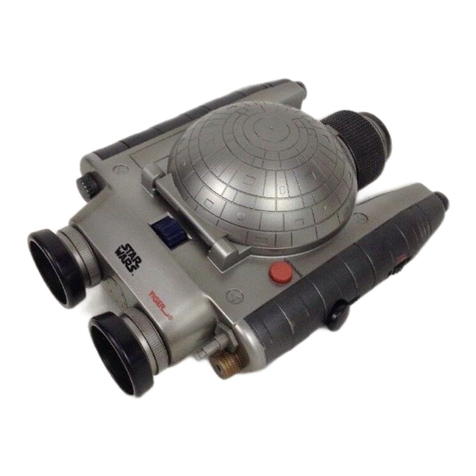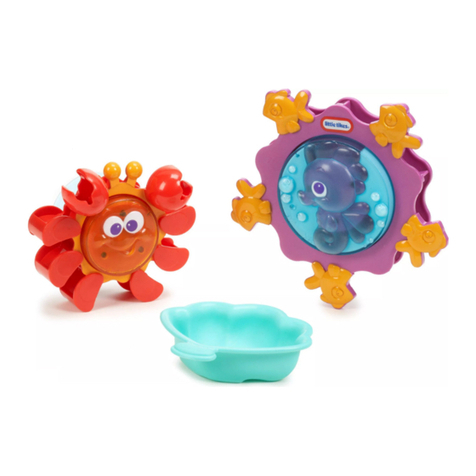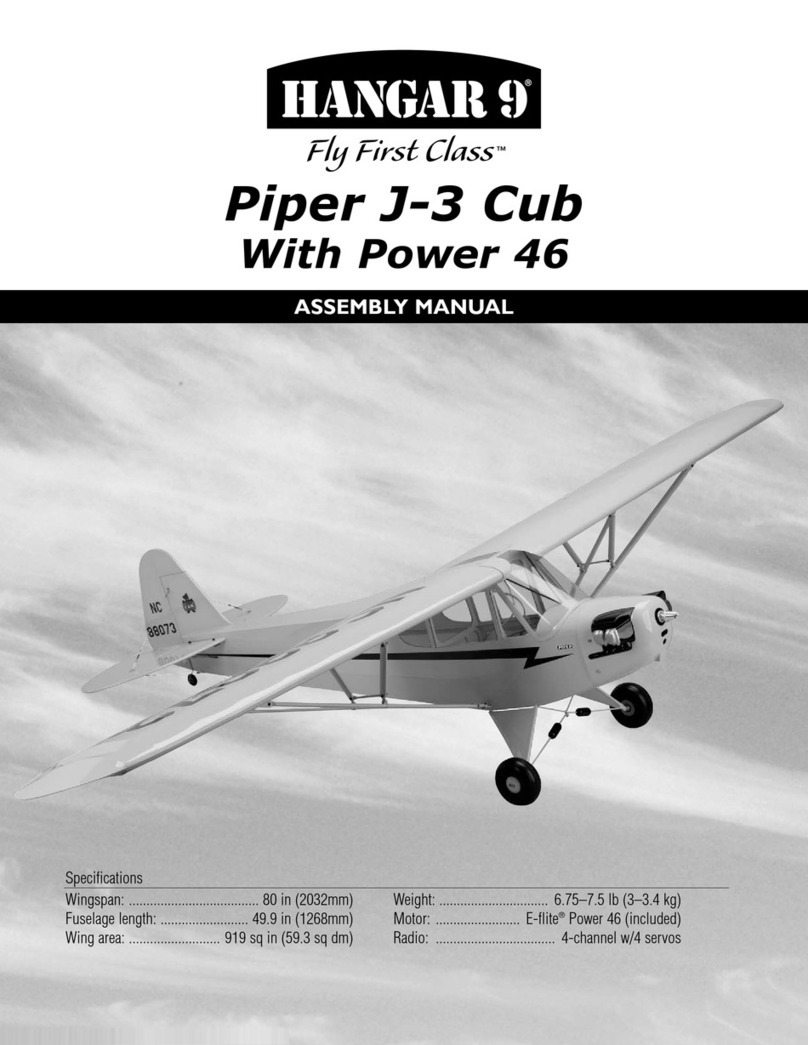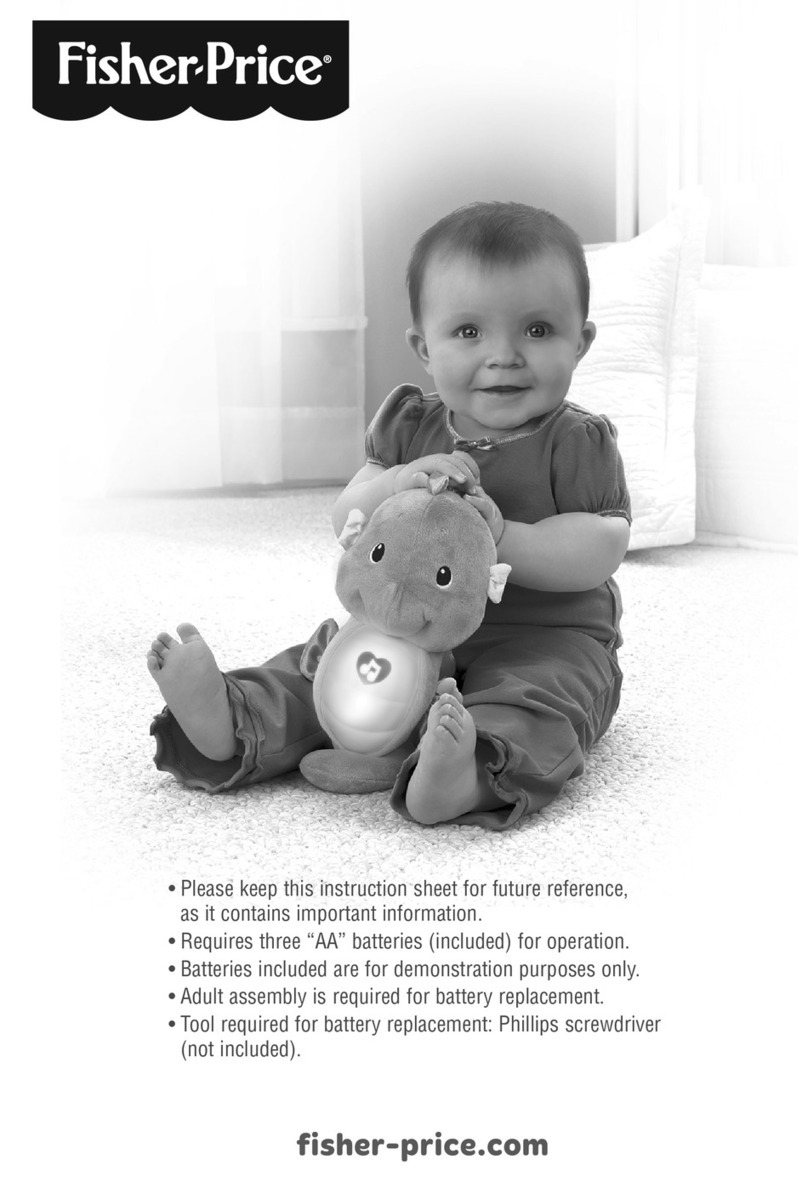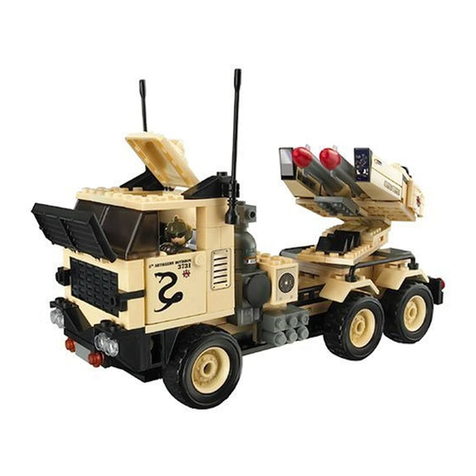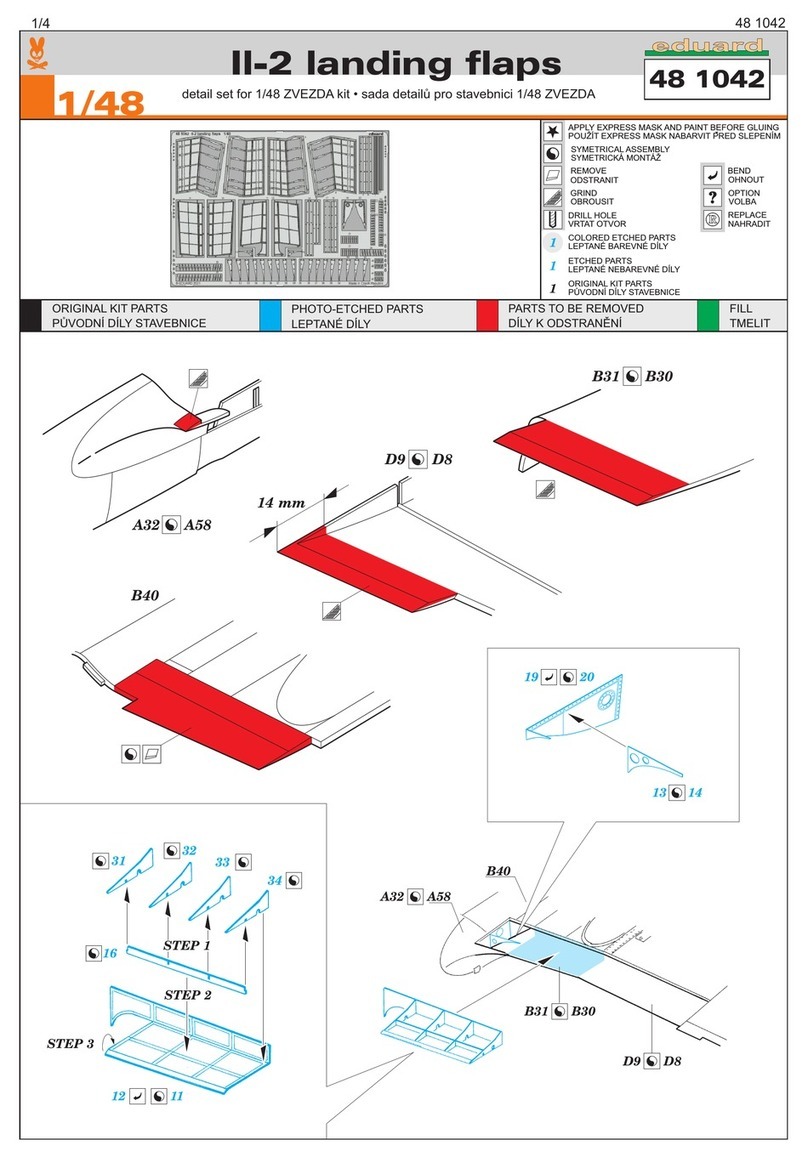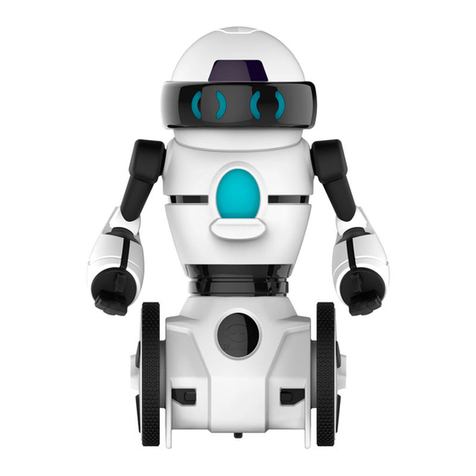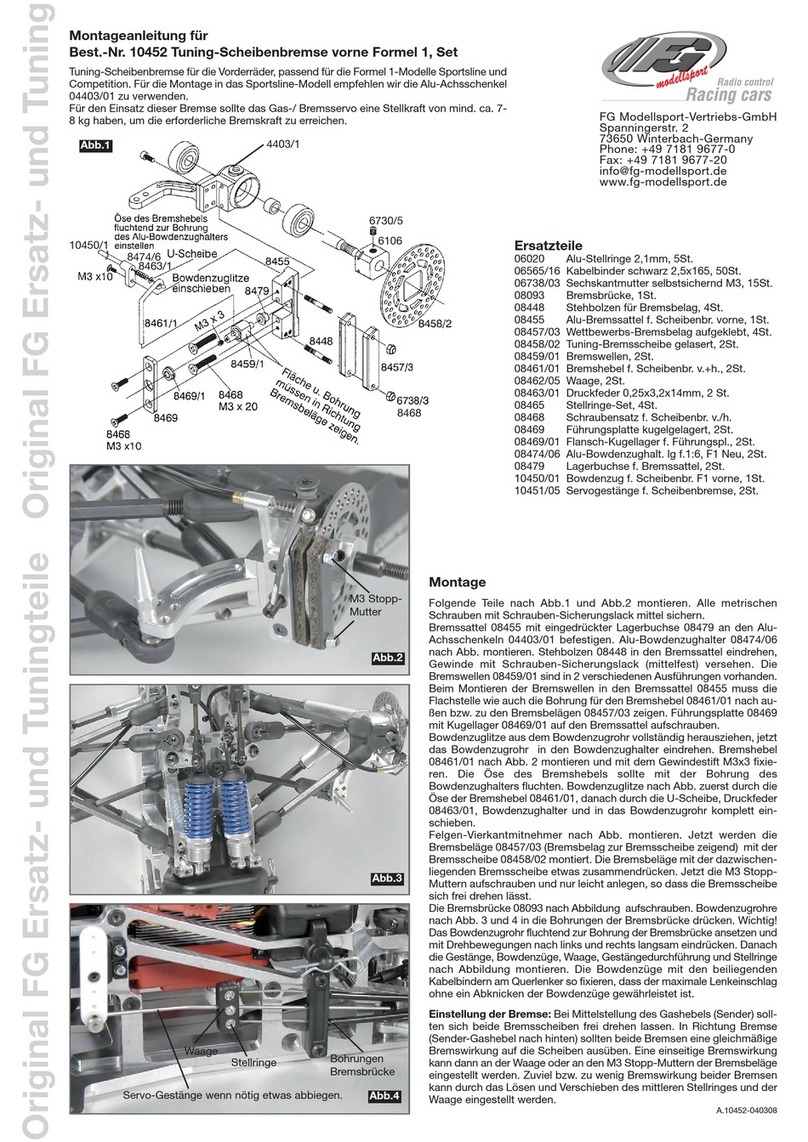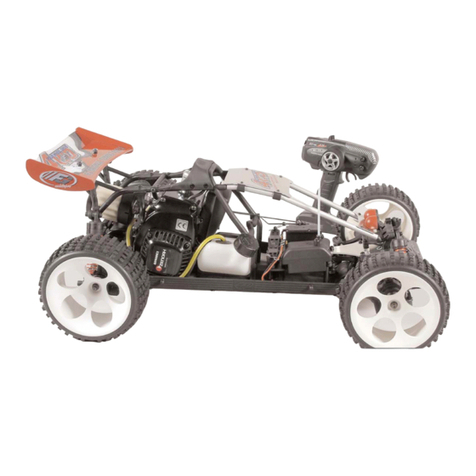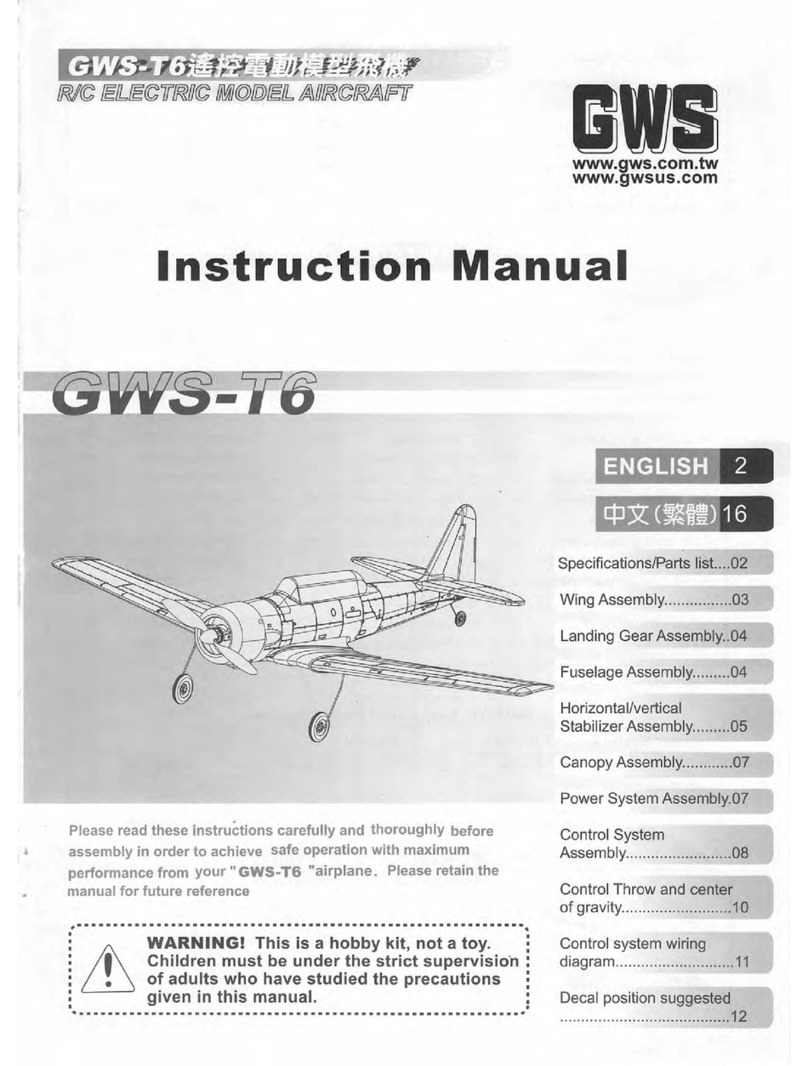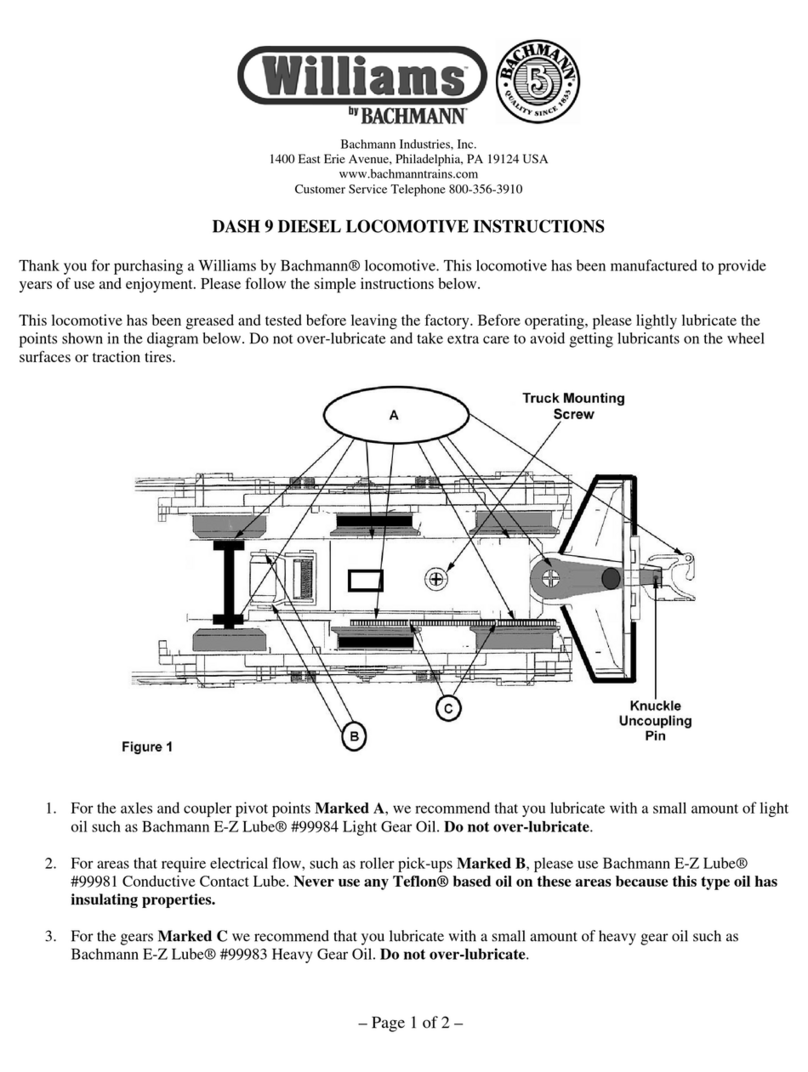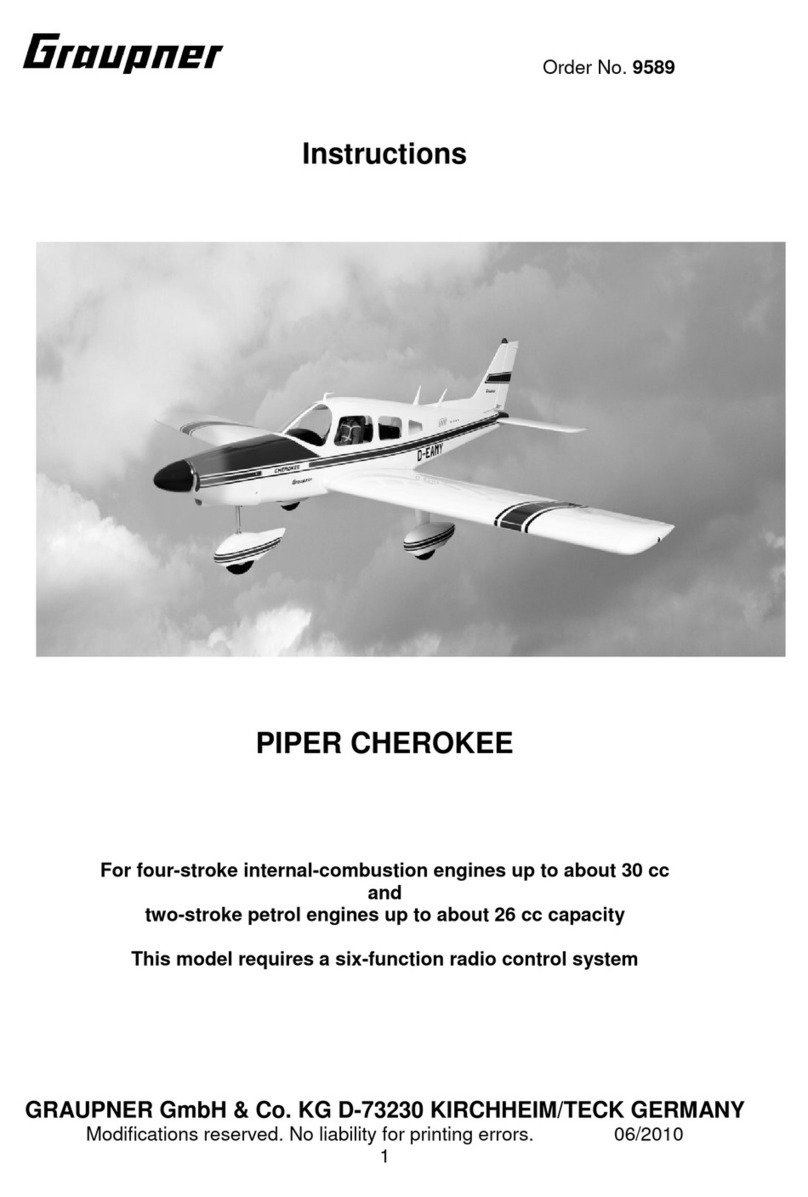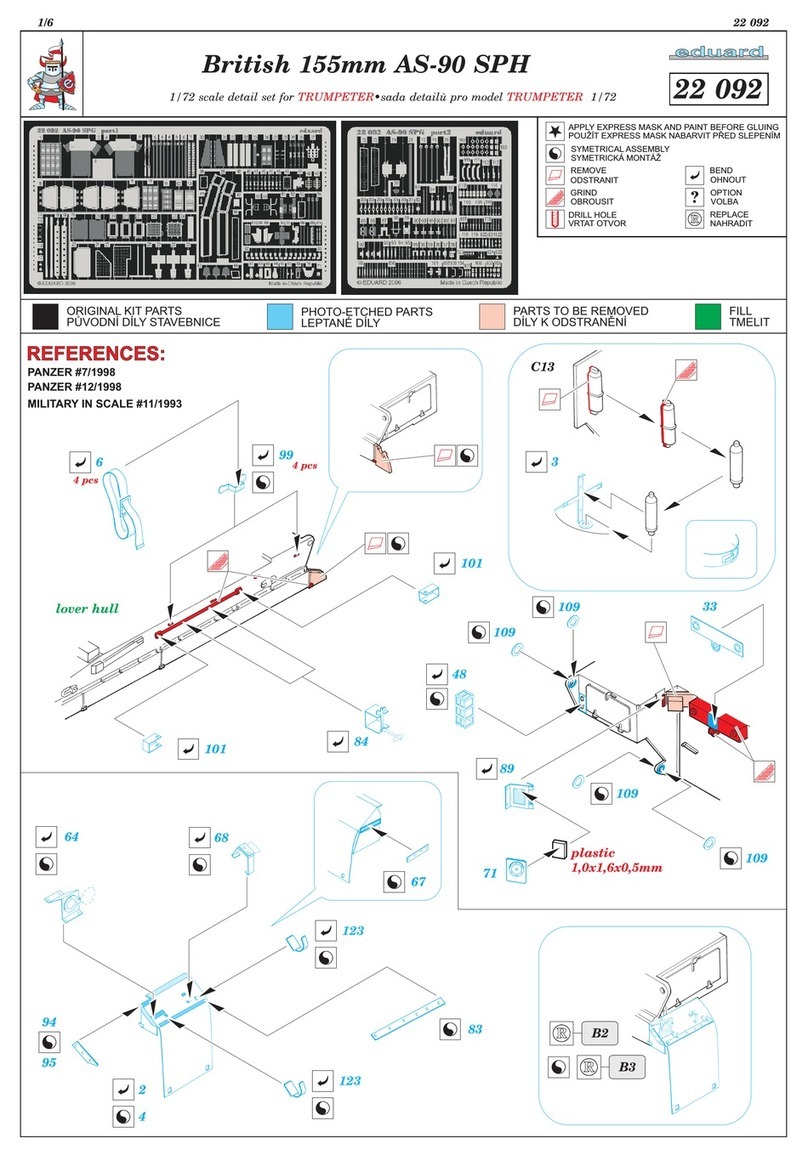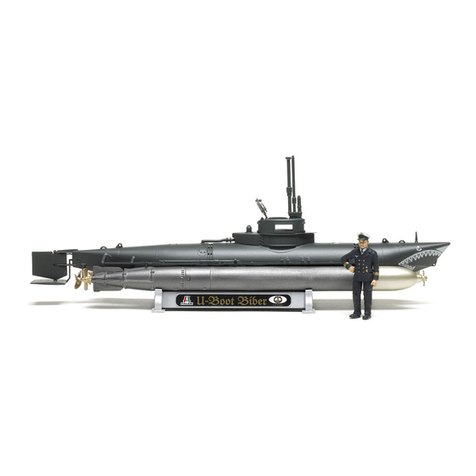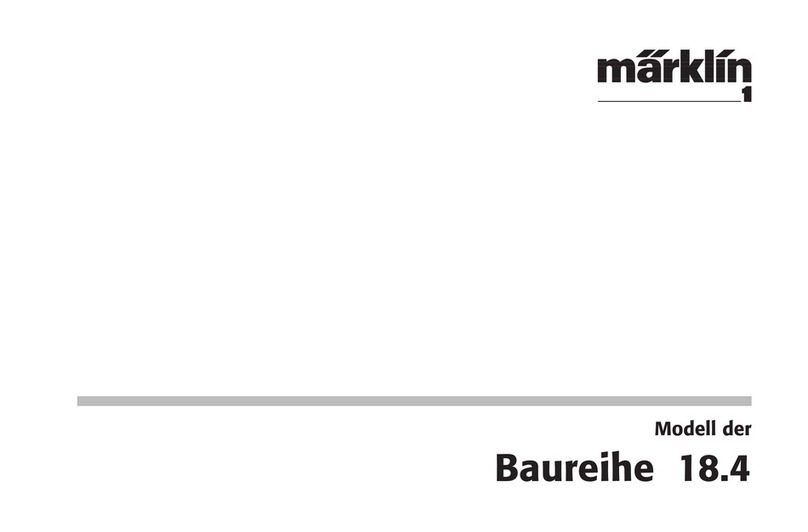Comments regarding the construction manual:
Before starting the assembly please see through this construction
manual. This way you will get an overview of the whole execution.
Please check by means of the parts or bag list if the construction kit is
complete and also check the weight of the individual bags for the posi-
tions. Only this way you may be sure that all parts which you need for
the assembly are available. If a part is missing, please immediately con-
tact your specialized dealer.
Contents
Position 1-2: Front and rear differential gear
Position 3-8: Belt drive, belt stretcher, chassis structure
Position 9-15: Rear axle
Position 16-17: Front and rear shock absorber
Position 19-25: Front axle, front bumper
Position 26-32: Engine, clutch, gear , air filter, tank
Position 33-40: RC-plate, receiver box, servo saver
Position 41-45: Roll cage, throttle rods, tuning pipe
Position 46-52: Front and rear tuning disk brake
Position 53-59: Front and rear FG Magura hydr. brake system
Position 60-61: Side guards, front roll cage
The handling with fuels requires circumspective and careful hand-
ling. Imperatively observe the security advices.
-Refuel only if the engine is switched off!
-Take off the body.
-Thoroughly clean the area around the fuels nipple.
-Remove the fuel filler cap and carefully fill in the fuel mixture.
-Smoking or any kind of open fire is not admitted.
-Fuels might contain solvent-like substances. Avoid contact with skin
and eyes. Wear gloves for refueling. Do not inhale fuel vapors.
-Do not spill any fuel. If you have spilled fuel immediately clean the
engine and the model.
-Make sure that no fuel will get into the soils (environmental protection).
Use an appropriate mat.
-Do not refuel in enclosed rooms. Fuel vapors accumulate at the soil
(risk of explosion).
-Transport and store fuels only in admitted and labeled canisters. Keep
fuel out of the range of children.
-The operator is responsible for any damages caused to third persons
in the operating range of the model, respectively of the engine, if they
are injured or in case of property damage.
-The model must only be passed on to persons who are familiar with
this model and its operation, always provide the operating manual.
-Persons with implanted heart pacemakers must not work on running
engines and on live parts of the ignition system when the engine is
being started.
-The engine must neither be started nor operated in enclosed rooms
(without sufficient ventilation).
-When starting the engine, avoid inhaling the exhausts.
-The model must neither be started nor operated without air filter or
without exhaust system.
-Before every start perform a functional check of the safety-relevant
parts.
-The throttle rods must always return automatically to the idle position.
-Any cleaning, maintenance and repair works must only be performed
with the engine being switched off. The engine and silencers are get-
ting very hot. In particular do not touch the silencer.
Our mentioned setting dimensions of steering linkage, wishbone thread
rods aso. are just guiding values which should be modified according
to the track conditions and surfaces.
Chassis adjustments and technical advices
Competition 4WD Off-Road 1:6 Baja Buggy
Our recommended chassis adjustments give you a basic setup. As the
surfaces in the Off-Road sector can be very different certain readjust-
ments may be necessary. This depends on outdoor temperature, on
the roadbed and how strong the track is frequented.
Wheel camber:
Trailing effect:
Toe-in:
Damper springs:
Spring camber:
Damper position:
Damper piston:
Damper oil:
Stabilizer:
Driving height/ Chassis height:
Servo saver:
0° at chassis 90° rebounded
4-6mm clips
slightly open to the front
violet Item N°. 66305
5mm
Wishbone medium boring
5-hole aluminium ø1,9mm Item N°. 06484/05
2000-3000 FG damper oil
Sway bar 4mm
40mm with Baja wheels
Medium hole, outer hole position
0° at chassis 90° rebounded
3°
red Item N°. 66303
10mm
Lower wishbone outer boring
Rear alloy dampler plate outer boring
5-hole aluminium ø1,9mm Item N°. 06484/05
2000-3000 FG damper oil
Sway bar 5mm
45mm Baja wheels
Front axle Rear axle





















